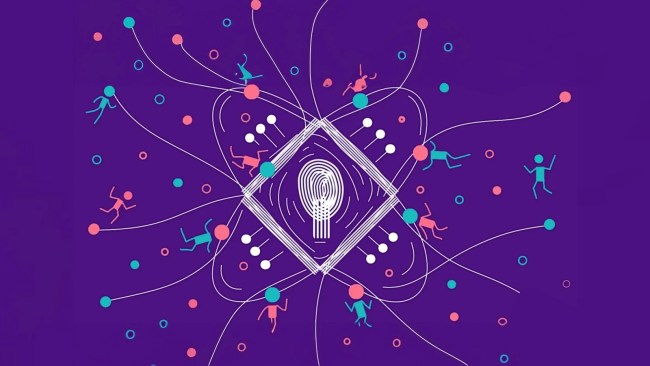Opinion How India can lead the way in transformative innovations
It must focus on overcoming fundamental constraints in existing technologies.
 There is no easy answer, but we must first discuss what sets such innovations apart. (Source: Express Illustration)
There is no easy answer, but we must first discuss what sets such innovations apart. (Source: Express Illustration) Think about an innovation that transformed your life in the recent past. I mean, having experienced it, you cannot imagine your life without this innovation. Things like the mobile phone, Google search, or the Global Positioning System (GPS) when getting around may come to mind. What makes these ideas transformative, or in scholarly terms, “radical innovations”? And more importantly, what will it take for such innovations to emerge from our nation? There is no easy answer, but we must first discuss what sets such innovations apart.
What makes something a radical innovation? Generally, when posed with this question, people respond with something like this: One that solves an old problem in a very different way, or one that causes a large jump in performance, or one that brings about a big change. Yes, a radical innovation does exhibit these characteristics. The problem is, adjectives like “so different”, “large”, and “big” are not quantifiable. They don’t guide the creation of radical innovation that may transform lives or experiences.
In engineering, there is an elegant conception of a “radical” versus an “incremental” innovation. Engineers formulate a problem as follows: They determine (a) an Objective Function to maximise, minimise, or optimise (a goal to meet); (b) the Input Variables at the designer’s disposal (knobs one could turn to meet the goal); subject to (c) constraints one cannot violate. An innovation is radical if it allows overcoming fundamental constraints, and incremental if it merely changes input variables within a constraint. This may feel a bit abstract, but it really isn’t. Let’s look at a couple of examples.
Take the Wright Brothers’ invention of the aircraft. The objective function or the goal here was to travel from one place to another. This goal was already being met by various means at the time of the invention of the aircraft. There was the bullock or horse cart, a four wheeler like a car or a bus, a train, even a ship. Each of these had input variables at the designer’s disposal: The shape and size of the vehicle, the colour, the type of engine, the number and size of wheels, and so on. In fact, even for simple vehicles, there are hundreds of choices to make as we break the design down into components and options. These are all input variables. All of this, however, was subject to one constraint — each existing option moved while staying in contact with a surface, whether road or water. The aircraft overcame that constraint. Overcoming that fundamental constraint is what made it radical or transformative.
Let’s take one more example: In its early days, telephone systems were worked by a human operator in the switching exchange, manually connecting the caller to the person who called, on a dashboard. There were many incremental innovations in the layout of the dashboard which facilitated the human operator’s efficiency in connecting calls with a reduced connection time. There was, however, a fundamental constraint: The human reflex to connect the line physically could not be lower than one-and-a-half second. Ultimately, a radical innovation arrived in the form of an electro-mechanical switch, where a dial that rotated to connect the calling party’s line to the called party’s eliminated the need for the human operator. This is when the telephone system scaled.
Is this pattern unique to engineering? No. You can see it in all domains, including arts. Let’s take the example of jasrangi, a classical vocal duet where a male and a female sing two distinct ragas at the same time. How does the above pattern apply here? A classical duet is hard to sing because a woman has a lower pitch than a man. This is a natural, God-given fundamental constraint. The legend goes, it was Late Pandit Jasraj’s lament: Why had nature made it so hard for males and females to sing together? This led him to invent jasrangi.
Here is how it works: A female sings a raga at a lower pitch that is natural to her while the male sings a different raga starting at a higher note that is natural to him. Technically, whichever may be the base note (‘Sa’) of the female’s rendition, the male considers the fourth ascending note from it (‘Ma’) as his base note (‘Sa’), thereby making the rendition easier for each person’s natural range. In other words, overcoming a fundamental constraint. Jasrangi has gone global. Others have copied the concept, often with a different name. This is a radical innovation.
To be clear, there is no competition between incremental versus radical innovation when it comes to advancing the innovation frontier. Both are good. In fact, much of the progress in a product class happens through incremental innovation. Giant leaps, however, happen through radical innovation.
I don’t mean to say that looking for fundamental constraints when solving problems and designing innovations to overcome them is easy. Nevertheless, this is what you’d have to do as a young person pursuing arts, science, engineering, etc, if you’re wondering when our nation will produce globally transformative innovations. A popular subject like Design Thinking will get you going with techniques for identifying such constraints and conceiving creative solutions to overcome them. Even though this would just be the beginning, focusing on the right problem is half the journey of solving it.
The writer is a socio-technologist. Views are personal




